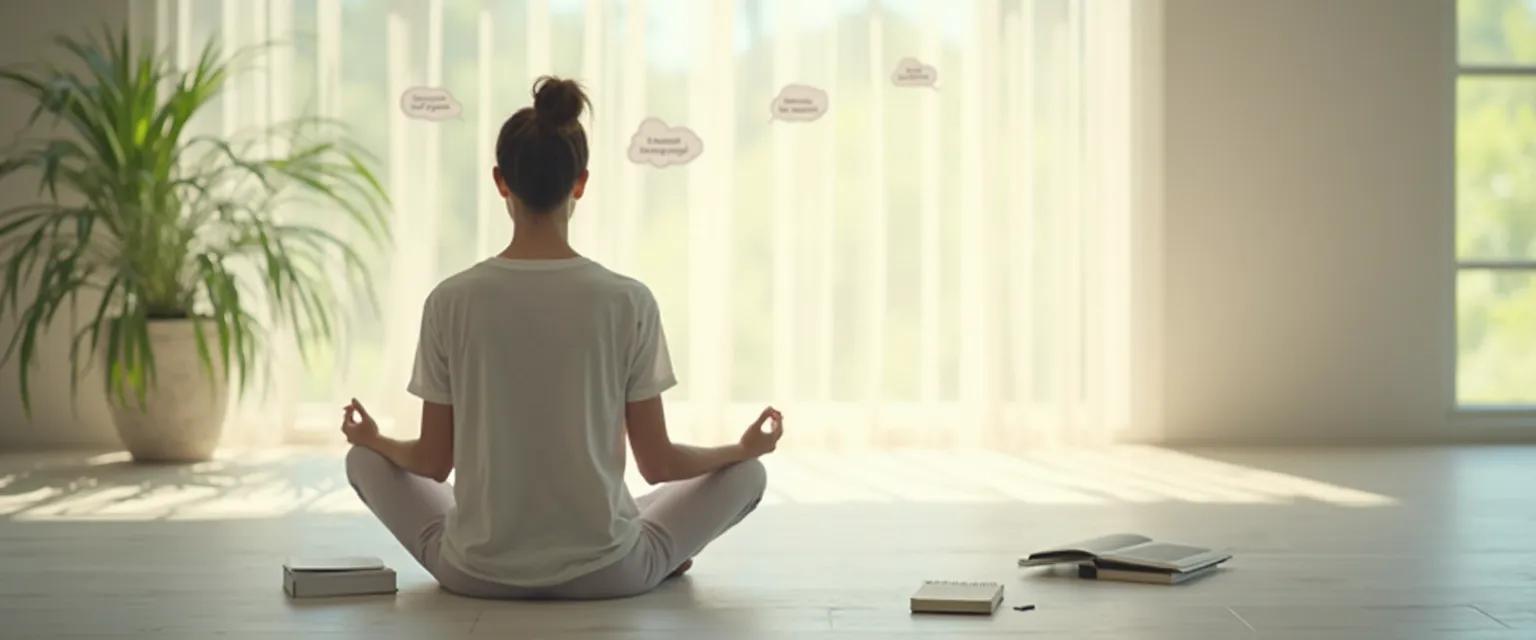5 Powerful Cognitive Behavioral Therapy Techniques for Anxiety Relief Anywhere
Feeling overwhelmed by anxiety can happen anywhere—during a work presentation, while commuting, or even during casual social interactions. The good news? Cognitive behavioral therapy for anxiety offers powerful, science-backed techniques that fit right in your pocket. These portable mental tools don't require special equipment or a quiet room—just your mind and a few moments of attention. Let's explore five effective cognitive behavioral therapy for anxiety techniques you can practice discreetly, whether you're in a crowded subway or a high-stakes meeting.
What makes cognitive behavioral therapy for anxiety so effective is that it targets the connection between your thoughts, feelings, and behaviors. When anxiety strikes, having these strategies for anxiety management readily available can make all the difference between being controlled by your emotions and moving through them with confidence.
Think of these techniques as your invisible toolkit—always with you, ready to deploy whenever anxiety appears. They work by interrupting the anxious thought patterns before they spiral, giving you back control when you need it most.
How Cognitive Behavioral Therapy for Anxiety Works in Everyday Situations
Cognitive behavioral therapy for anxiety operates on a simple but powerful principle: by changing how you think about situations, you change how you feel about them. This approach has become the gold standard for anxiety treatment because it addresses the root cause rather than just managing symptoms.
When anxiety hits, your brain often falls into cognitive distortions—thinking patterns that aren't based in reality. These might include catastrophizing ("This will be a complete disaster!") or mind-reading ("Everyone thinks I'm incompetent"). Cognitive behavioral therapy for anxiety techniques help you recognize and interrupt these patterns.
The beauty of these CBT techniques is their portability. Unlike traditional therapy that happens in an office, these mental exercises travel with you, ready to deploy in any situation where anxiety appears. They're discreet too—no one around you needs to know you're practicing them.
The five techniques we're about to explore represent the most effective, quick-to-implement aspects of cognitive behavioral therapy for anxiety. Each targets a different dimension of the anxiety experience, from racing thoughts to physical tension, giving you a comprehensive approach to managing emotions in challenging moments.
5 Quick Cognitive Behavioral Therapy Techniques to Practice Anywhere
1. Thought Challenging
This cornerstone of cognitive behavioral therapy for anxiety involves questioning your anxious thoughts. When anxiety strikes, ask yourself: "What evidence supports this thought? What evidence contradicts it? What would I tell a friend thinking this?" This technique helps break the automatic belief in anxious thoughts by examining them objectively.
2. The 5-4-3-2-1 Grounding Exercise
When anxiety pulls you out of the present, this sensory awareness technique brings you back. Notice five things you can see, four things you can touch, three things you can hear, two things you can smell, and one thing you can taste. This CBT technique anchors you in the present moment, interrupting the anxiety cycle.
3. Brief Mindful Breathing
Take three deliberate breaths, focusing completely on the sensation of breathing. This technique activates your parasympathetic nervous system, which counteracts the "fight or flight" response of anxiety. It's one of the simplest yet most effective cognitive behavioral therapy for anxiety practices you can do anywhere.
4. Mental Imagery for Calm
Visualize a place where you feel completely safe and peaceful. Engage all your senses in this visualization—what do you see, hear, feel, smell, and taste in this calm place? This anxiety management technique provides a mental vacation when you're stuck in a stressful situation.
5. Quick Cognitive Reframing
When facing an anxiety-provoking situation, ask yourself: "What's another way to look at this?" or "What might this teach me?" This cognitive behavioral therapy for anxiety technique transforms threats into challenges or opportunities for growth.
Making Cognitive Behavioral Therapy for Anxiety Part of Your Daily Routine
To get the most benefit from these cognitive behavioral therapy for anxiety techniques, consistency is key. Start by choosing one technique that resonates with you and practice it daily, even when you're not anxious. This builds the mental pathway, making the technique more effective when you actually need it.
Consider creating anxiety "triggers" for yourself—not things that cause anxiety, but reminders to practice. For example, use walking through doorways or checking your phone as cues to take a mindful breath.
Remember that cognitive behavioral therapy for anxiety is most effective when these techniques become second nature. With practice, you'll find yourself automatically challenging anxious thoughts or taking calming breaths without even thinking about it. That's when you'll know these portable CBT techniques have become part of your mental toolkit, ready to support you wherever anxiety might appear.




